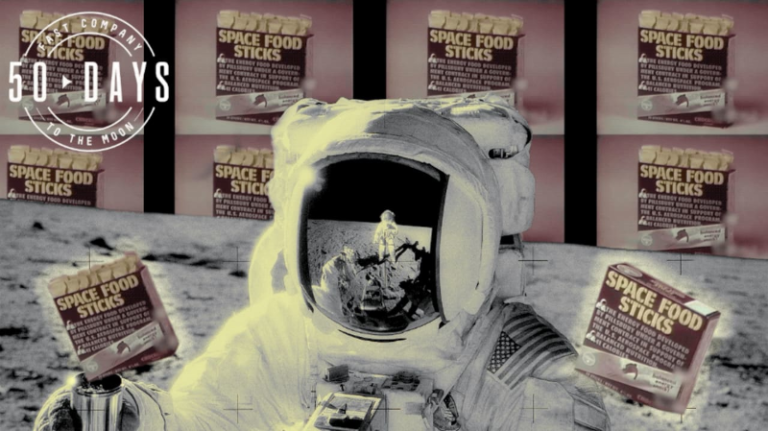HACCP (Hazard Analysis and Critical Control Points) was first developed in the 1960s by a team of scientists at NASA and the Pillsbury Company as a food safety program for the space program. The goal of HACCP was to identify and prevent potential hazards in the food production process, such as contamination by microorganisms. The initial focus of HACCP was on the production of food for space missions, but soon it was adapted to the food industry, then it was recognized as an effective and efficient food safety system.
In the 1970s, HACCP was introduced to the commercial food industry by the Pillsbury Company, and it was further developed by the National Aeronautics and Space Administration (NASA) and the U.S. Army. The system was first applied to the meat and poultry industry, but it quickly spread to other food industries such as seafood, juice, and dairy.
In the 1980s, the U.S. Food and Drug Administration (FDA) and the U.S. Department of Agriculture (USDA) began promoting the use of HACCP in food manufacturing and processing. In 1997, the FDA issued the final rule on HACCP for seafood, which made HACCP mandatory for all seafood processing plants.
In 2000, the International Organization for Standardization (ISO) published the ISO 22000


